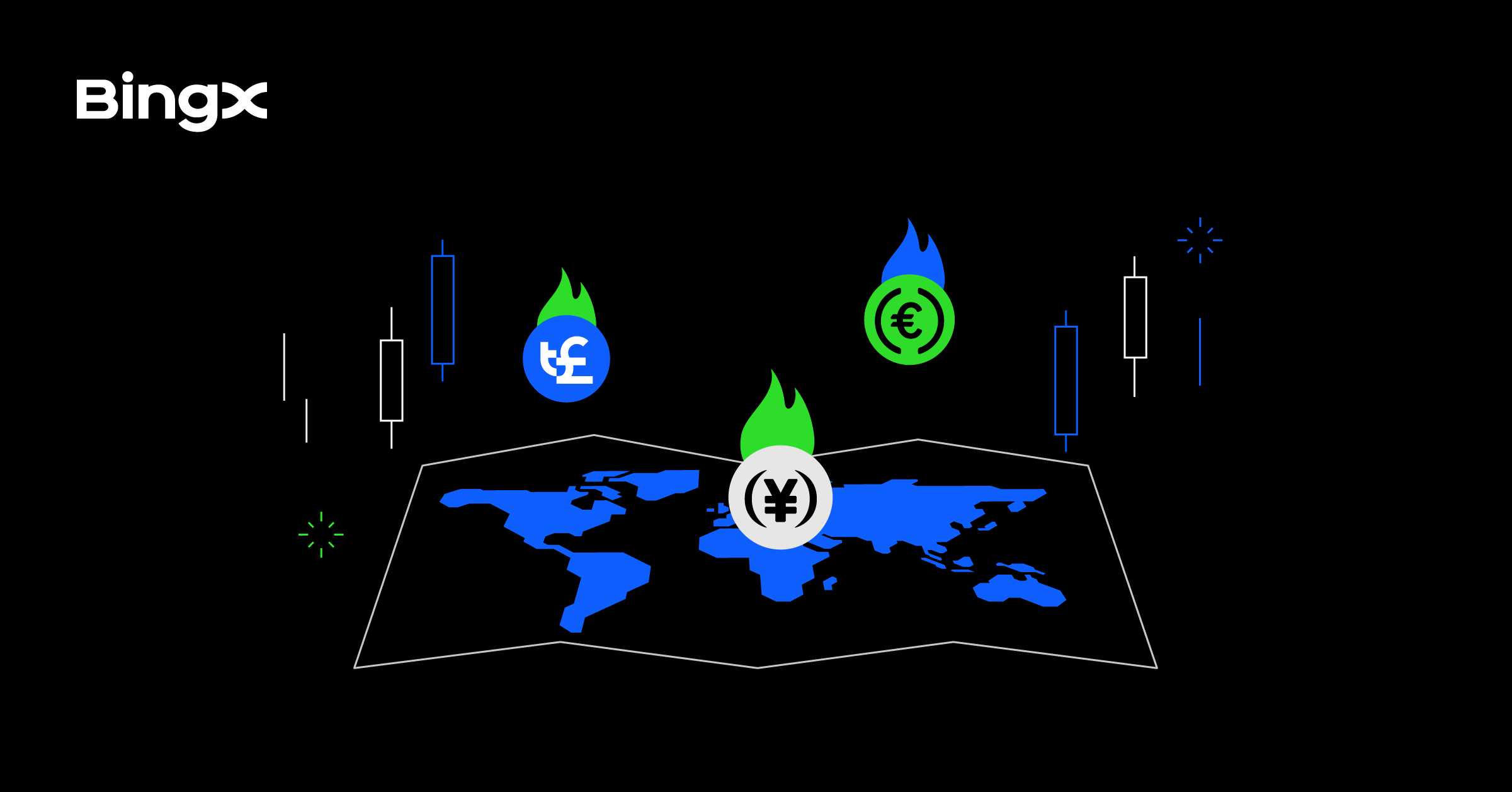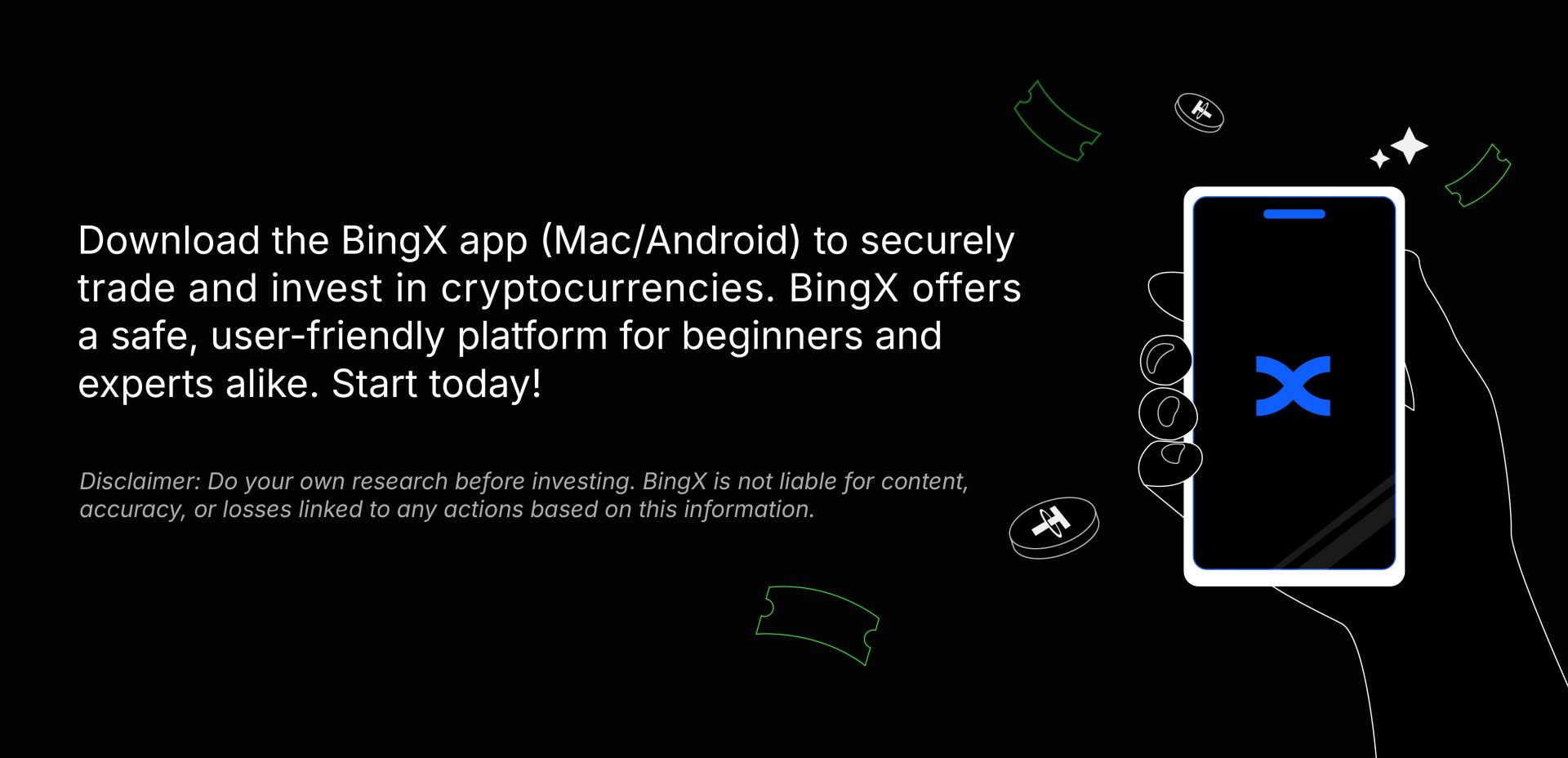
Stablecoins have reshaped the way we move money—but so far, nearly all of them are tied to the U.S. dollar. In fact, dollar-backed tokens make up a staggering 99.8% of the $266 billion stablecoin market.
Why That’s Changing—And Fast
South Korea is making waves with plans to roll out a regulatory framework for a won-backed stablecoin by October. The Financial Services Commission (FSC) has been actively preparing clear rules for issuance, collateral management, and risk control as part of the next phase of the Virtual Asset User Protection Act. This signals a major shift toward local stablecoin initiatives, as lawmakers and banks — including Shinhan, KB, and Woori — gear up for collaboration.
Beyond South Korea, Japan is also close to launching its yen-pegged stablecoin (JPYC), secured by Japanese government bonds and designed in part for institutional and international use.Meanwhile in China, despite a wider crypto ban, officials are exploring yuan-backed stablecoins to advance remittance efficiency and international trade—especially via financial hubs like Hong Kong.
Why Diversifying Stablecoins Matters
- Reduced Reliance on the U.S. Dollar Multiple local stablecoins could ease regional dependence on the dollar, giving countries more control over fiscal sovereignty.
- Faster, Localized Payments Designing stablecoins for specific currencies can transform cross-border transfers—by cutting costs, increasing speed, and enhancing trust—especially for remittances and merchants.
- Enhanced Economic Resilience In countries with volatile currencies, local stablecoins offer stability and enable broader access, especially for the unbanked.
- Modernized Financial Infrastructure Region-specific stablecoins could move countries closer toward next-gen payments ecosystems, combining fiat trust with digital programmability.
Emerging Challengers
The dollar may still dominate, but a new wave of stablecoins pegged to local currencies is emerging. With South Korea leading the charge this fall, and Japan and China moving ahead in their own ways, we’re entering a future where digital tokens can be both global and local—offering stability, accessibility, and innovation tailored to regional needs.
Related Reading
- A Beginner's Guide to Stablecoins and How They Work (2025)
- USDC vs. USDT: Key Differences and Which Stablecoin to Choose in 2025?
- What Is RLUSD? A Beginner's Guide to Ripple's USD-backed Stablecoin
- Everything You Need to Know About PayPal USD (PYUSD): A Beginner's Guide (2025)
- Top Euro‑Pegged Stablecoins to Know in 2025
- What Are the Top Yield‑Bearing Stablecoins to Earn Passive Income in 2025?
- What Are the Top Stablecoins in the Solana Ecosystem(2025)?
- What Is the U.S. Crypto Week 2025 and How Could It Impact Bitcoin, Stablecoins, and Altcoins?
